Nansemond Indian Nation continues its legacy of stewardship with 9,000 oyster drop
Tribal leadership makes plans to steward reclaimed land
There’s an atmosphere of excitement as volunteers and members of the Nansemond Indian Nation eagerly count oyster shells, plopping them one-by-one into neon orange baskets. Sounds of laughter and cheers can be heard as the group chants, “Eight-hundred ninety-eight, eight-hundred ninety-nine.” Soon, all 9,000 of these oysters will be dropped into Chuckatuck Creek during an annual oyster planting event hosted by the tribe.
“We love oysters because of our timeless cultural connection to them,” said Nikki Bass, vice chair of the Nansemond Tribal Council and tribal citizen. “When we raise them, we think about the way they enhance the ecosystem, and through their natural life they remove impurities and clarify the water.”
Since 2020, the Nansemond Indian Nation—which is Indigenous to this part of Virginia—has raised oysters through the Chesapeake Bay Foundation’s Oyster Gardening Program, which disperses oysters throughout tributaries in the Bay. Now, the oysters are being planted in more local waters, on reefs maintained by the Nansemond River Preservation Alliance (NRPA).
“When we started our oyster garden in 2020, we were releasing our oysters back into the broader Chesapeake Bay oyster gardening program,” Bass said. “Now, we've transitioned into planting them ourselves in nearby waterways so that we have that full life cycle experience of raising them and then seeing them return to the waterway.”
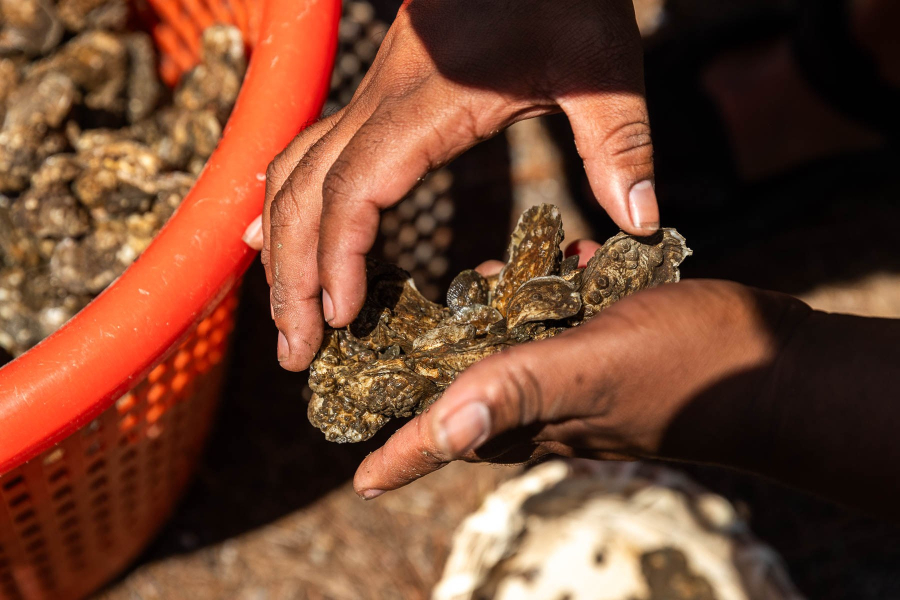
As filter feeders, oysters remove nutrients, sediment and bacteria from the water, making it cleaner for both humans and wildlife. The reefs that oysters attach to create habitats for other life forms and slow down wave energy, which protects shorelines from erosion. But for the Nansemond people, oysters also hold a timeless cultural significance.
“As Indigenous people, we've been displaced from many of our ancestral lands and waters. So, doing these programs is really not just about the environment,” Bass said. “It's about our whole culture, our history and doing the things our ancestors did to survive into the present time.”
The Nansemond Indian Nation, originally part of the Tsenacomoco coalition of Algonquian tribes, lived along Virginia's Nansemond River for centuries. They fished, harvested oysters, hunted and farmed. After English settlers arrived in the early 1600s, the Nansemond were displaced and faced decades of conflict. Some assimilated into English culture, while others maintained traditional ways.
Today, the tribe maintains a strong connection to the river, serving as stewards of the waterway through programs like oyster gardening.
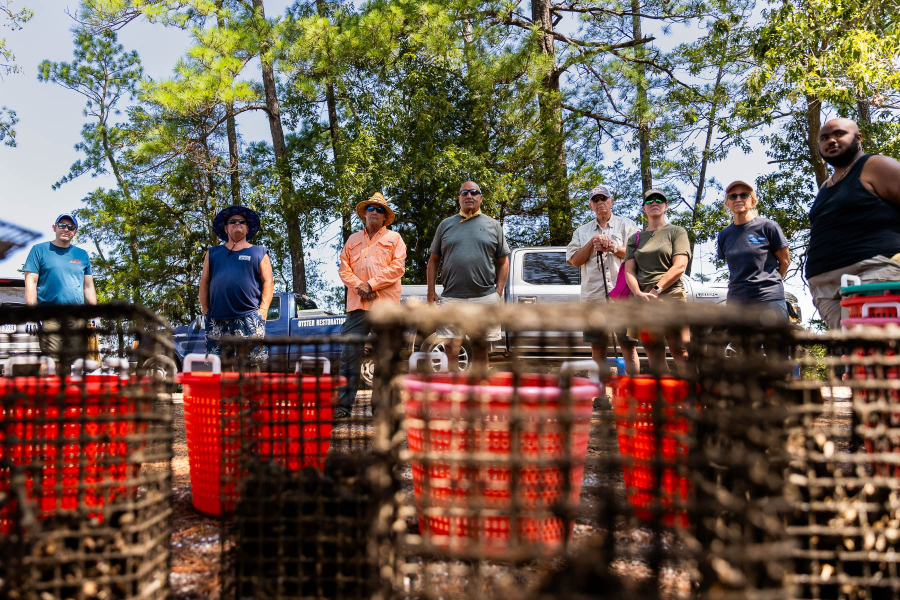
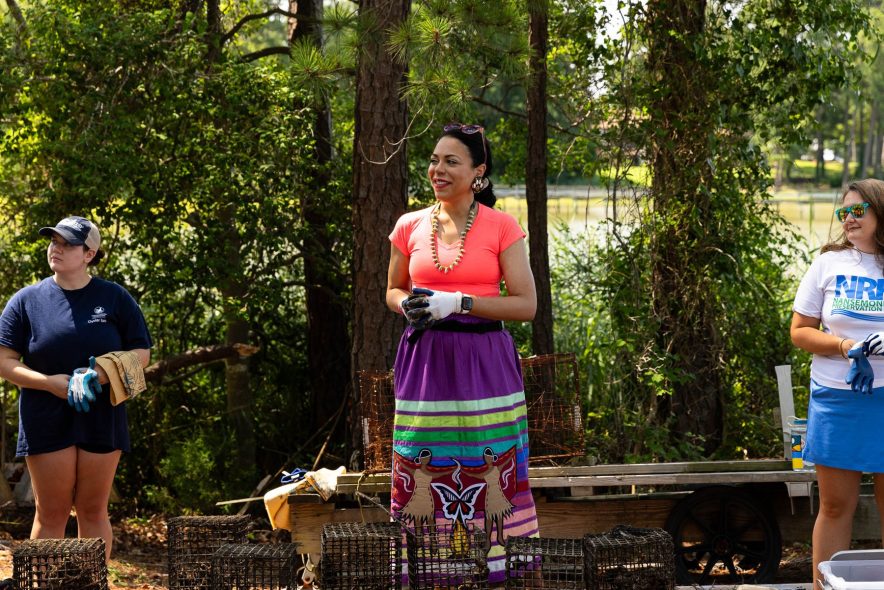
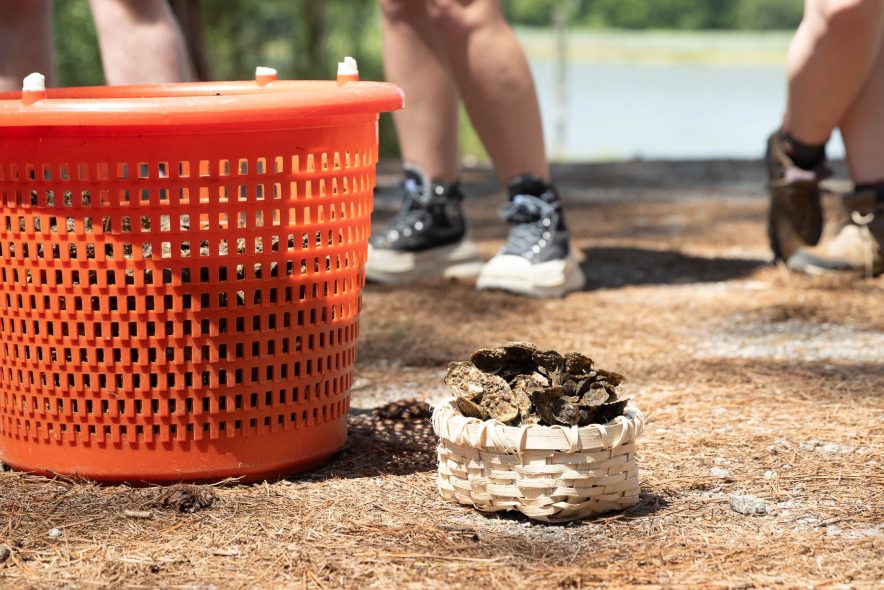
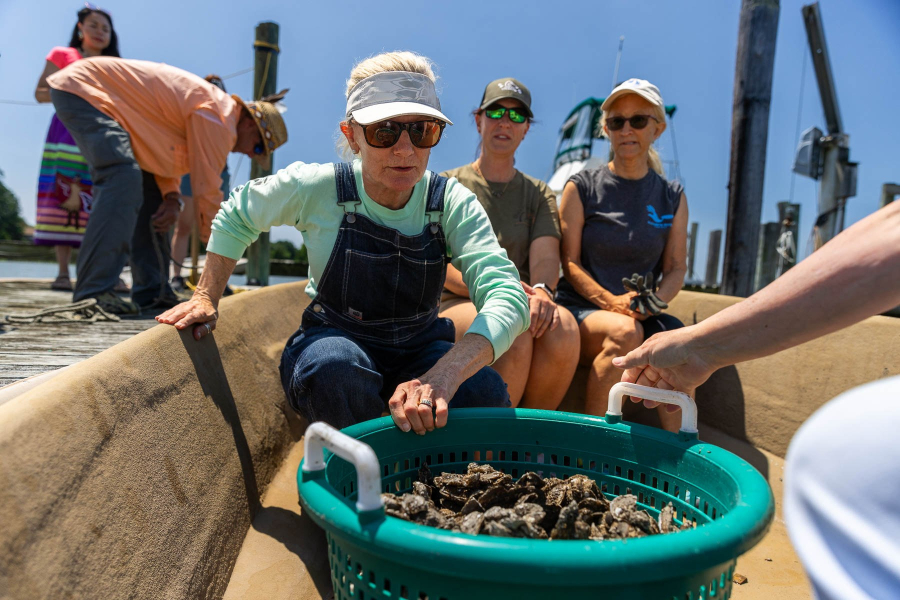
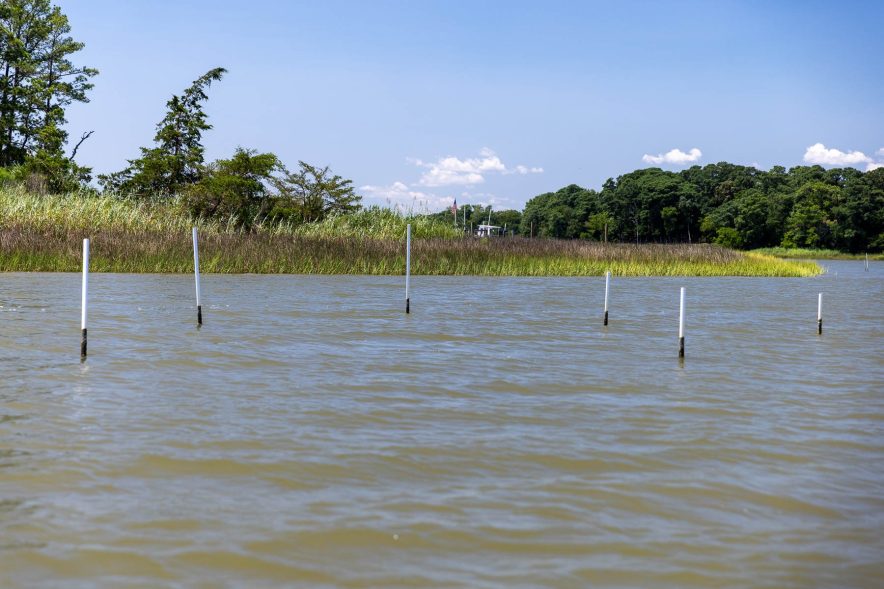
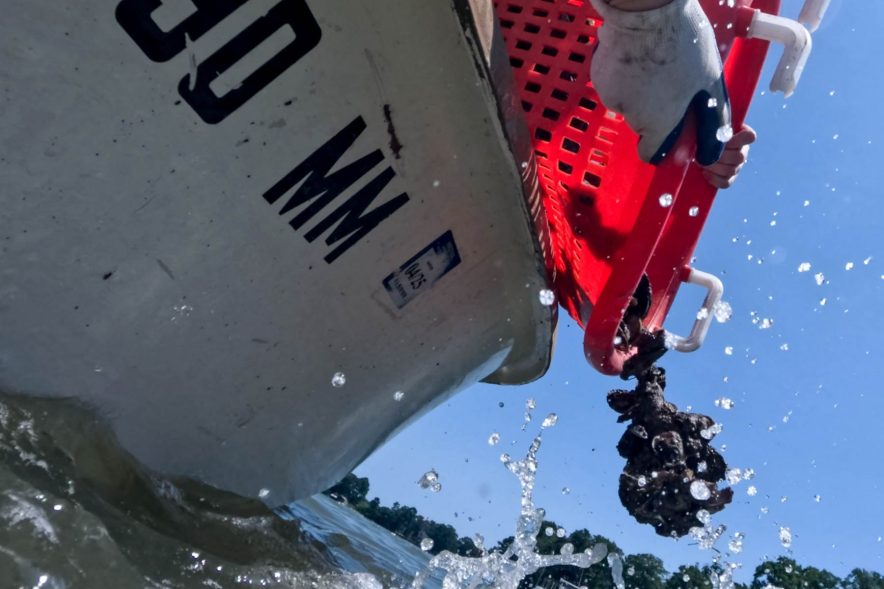
“Indigenous persons have always taken pride in a sense of stewardship with our pristine lands that are directly connected to thriving and healthy waterways, and without that there wouldn’t be an us,” said Chief Keith Anderson of the Nansemond Indian Nation.
In 2024, a 75-acre property of forest and open land known as Mattanock Town was transferred to the Nansemond Indian Nation, who were the area’s original inhabitants. With funding from the Environmental Protection Agency, the tribe has developed a Mattanock Town Restoration Plan that includes oyster restoration, invasive plant removal and native plant restoration.
“This site is really sacred to us,” Bass said. “We have held cultural activities here for over 30 years. We host our annual Powwow here, and we have a long history of environmental and cultural activities on this site.”
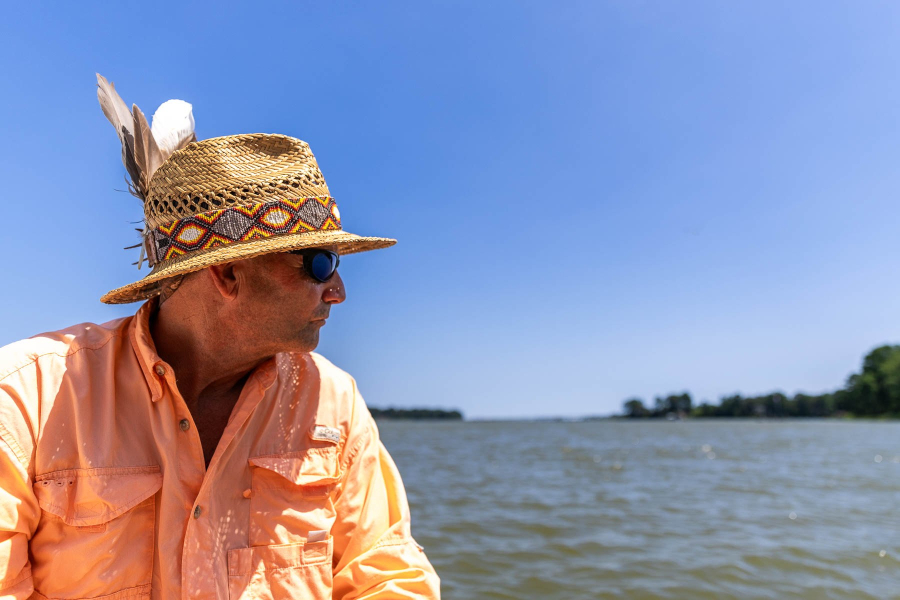
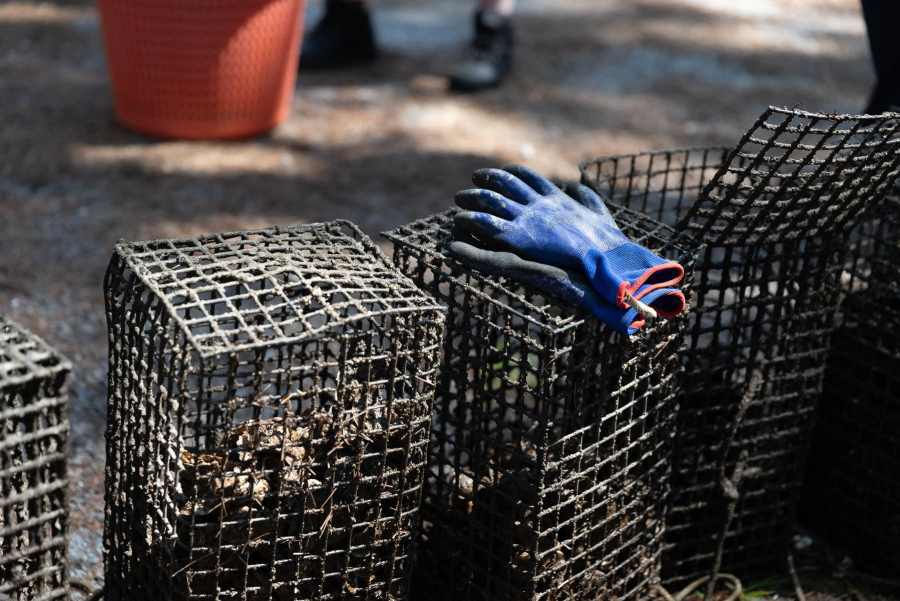
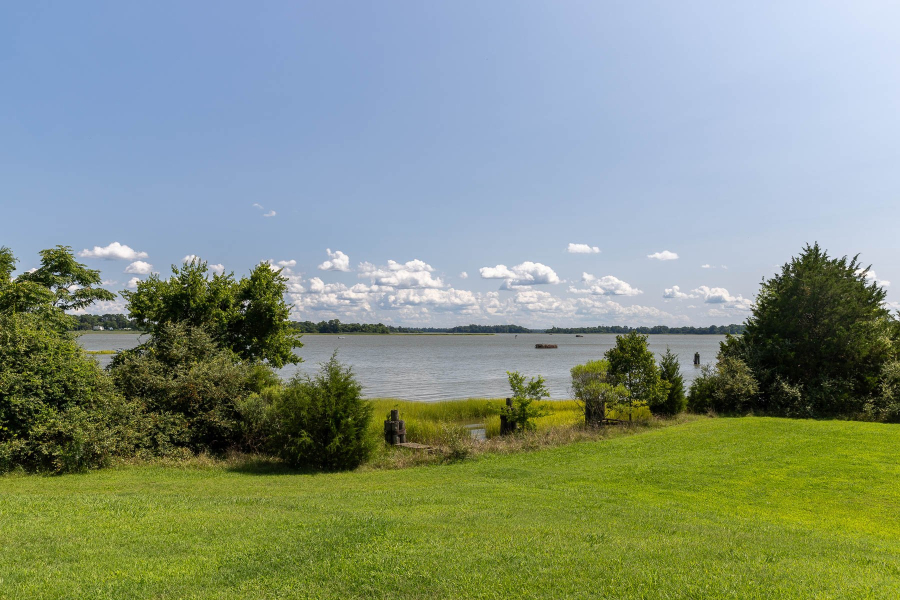
Before gaining ownership of Mattanock Town, the tribe wasn’t able to have full control over stewardship activities.
“We were just co-stewards before [the land transfer], which limits your ability to actually implement programs, do things that are going to be protected,” said Vice-Chief Dave Hennaman, chairman of the Nansemond Tribal Council. “By having this piece of property, we now hold title to this. This is ours. It will give us more control and a footprint of how to take that forward for environmental and conservation type purposes.”
Now, the tribe is looking to expand their impact in Mattanock Town and the Nansemond River which flows through it.
“Our big dream is to continue building partnerships,” Bass said. “We have our environmental program, but we also work with other environmental organizations in the region. And we have several student interns. To me, the best thing that can come from this site is to use it to build up our own cultural connection, but also to see students come here, research and use their experience here as a way to build their own careers.”
As the Nansemond Indian Nation looks to the future, they hope to continue their cultural legacy as river stewards and collaborate with others in the area.
“We have a saying that to build a fire, you build it one log at a time. And if everybody would just bring a log, you get a good fire,” Hennaman said.

Comments
Very nice l was there and it was great working with all the people that were there to help support this project
So happy for you all!!!!
Thank you!
Your comment has been received. Before it can be published, the comment will be reviewed by our team to ensure it adheres with our rules of engagement.
Back to recent stories